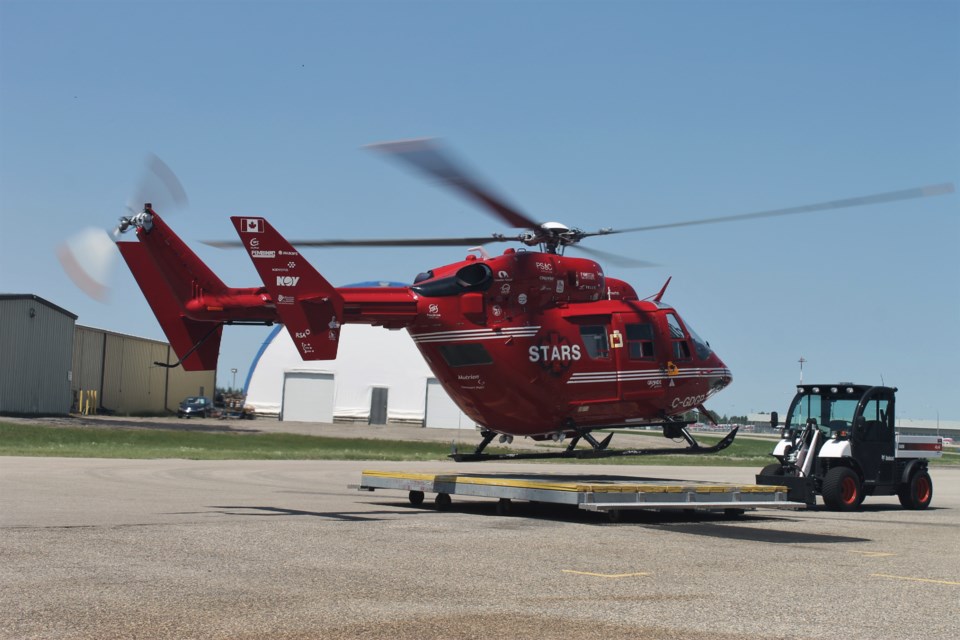For the paramedics who work at STARS air ambulance in Western Canada, they get prepared for the ATV season.
“As soon as summer and fall hits, you think ATV accidents,” said Darcy McKay, flight paramedic and STARS director of provincial operations for Saskatchewan.
“It’s a fact that over the fall time and summertime, you’re going to be seeing a lot of these (ATV accidents)…. It’s surprising the amount of (ATV calls) we actually do.”
So far in 2021, STARS helicopter pilots and medical staff have been dispatched on 100 calls, where they responded to an ATV accident somewhere on the Prairies.
That’s up from 2020, when they had 96 missions because of ATV accidents. And it’s higher than 2019, when they had 85 ATV cases.
Since most Canadians ride their quads in the warmer months, from April to October, STARS may have responded to 100 serious quad accidents in the last six and a half months, about 30 weeks.
So, three or four times per week, they start a helicopter and rescue someone from a severe quad accident.
“They’re quick, fun and fast machines. But they’re also quite dangerous,” McKay said. He believes the rise in accidents is connected to COVID.
For the last 18 months, Canadians have been desperate for something to do and riding an ATV on a trail through a forest, or isolated field, can be a fun distraction.
But even before COVID, McKay and his colleagues responded to dozens of ATV incidents in the spring, summer and fall.
Many of the accidents are rollovers.
“Head injuries, neck injuries. Sometimes the machine goes on top of them,” McKay said.
“We’ve also responded to burns. The machine is on top of them, the gas has poured out all over them…. A lot of spinal injuries. Paralysis.”
It’s uncommon to find a person with the ATV on top of him, but the machine often rolls over the rider, causing serious injuries.
Rollovers are a common theme in ATV accidents. And so is booze.
“Unfortunately, a large component of them also have an alcohol (factor),” McKay said.




